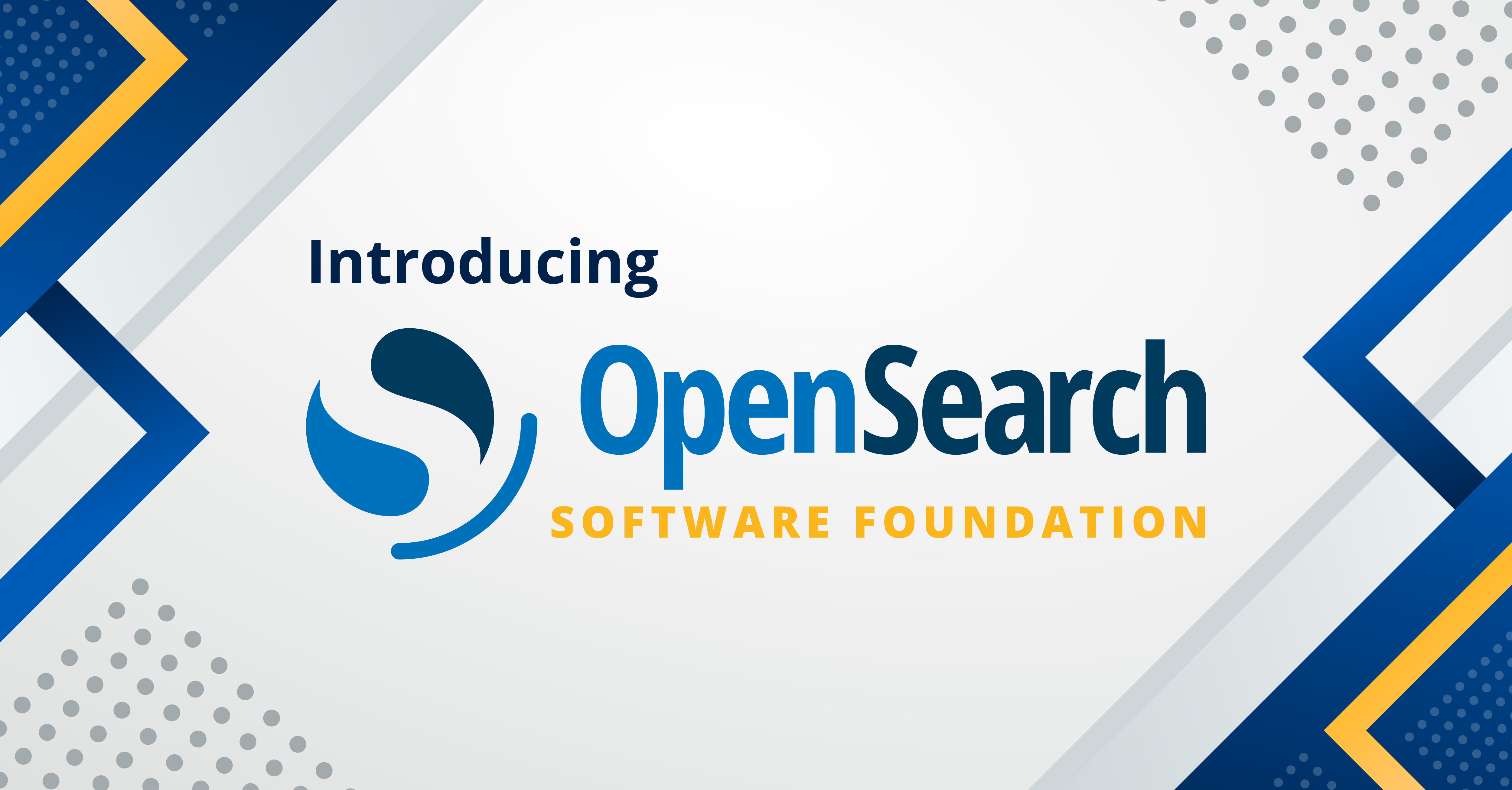Real-time query monitoring with live queries in OpenSearch 3.0
OpenSearch Query Insights has become an important tool for understanding search query performance, offering visibility into how queries execute and consume cluster resources. Building on our commitment to helping you identify performance bottlenecks and optimize search operations, we’re excited to introduce a powerful new capability in OpenSearch 3.0: live queries.
While historical analysis of top N queries helps you understand trends and past issues, there are times when you need to see exactly what’s happening right now. Is a particular query taking too long? Is a sudden surge in resource consumption linked to specific search activity? You can gain this immediate insight using live queries.
What are live queries?
Introduced in OpenSearch 3.0, live queries allow you to investigate the current state of your cluster’s search workload. The Live Queries API retrieves a list of search queries that are currently running across your cluster or on specific nodes. This capability provides real-time visibility into query behavior, which is especially useful for performing the following tasks:
- Identifying problematic queries: Quickly spot queries that have been running for an unexpectedly long time.
- Debugging resource hogs: Pinpoint searches consuming significant CPU or memory at this very moment.
- Understanding immediate cluster load: Get a snapshot of current search activity impacting your cluster.
The API returns key details for each live query, including its source, search type, the indexes involved, the node ID it’s running on, its start time, current latency, and resource usage (on the coordinator node) up to that point.
How live queries work
You can access live query information using the following REST API endpoint:
GET /_insights/live_queries
By default, the API returns a list of currently executing search queries, sorted by latency in descending order.
Key information returned
For each live query, you’ll receive a rich set of data:
timestamp: The time at which the query task started, in milliseconds since the epoch.id: The unique search task ID.description: Details about the query, including target indexes, search type, and the query source itself (ifverboseis true).node_id: The ID of the coordinator node on which the query task is running.measurements: An object containing performance metrics gathered so far:latency: The current running time, in nanoseconds.cpu: The CPU time consumed so far, in nanoseconds.memory: The amount of heap memory used so far, in bytes.
Getting started with live queries
Interacting with the Live Queries API is straightforward. The API supports the following operations.
Basic request
To get a list of currently running queries sorted by latency, send the following request:
GET /_insights/live_queries
Customizing your view using query parameters
You can tailor the Live Queries API response using the following optional parameters:
verbose: Includes detailed query information, such as the query source.nodeId: Filters results by a comma-separated list of node IDs.sort: Sorts results by a specific metric, such as latency, CPU usage, or memory usage.size: Limits the number of query records returned.
Example: Finding CPU-intensive live queries
To find the top five queries currently consuming the most CPU, you can provide the following query parameters:
GET /_insights/live_queries?verbose=false&sort=cpu&size=5
Understanding the response
Here’s an example of what the response might look like (showing one query for brevity, taken from the documentation example):
{
"live_queries" : [
{
"timestamp" : 1745359226777,
"id" : "troGHNGUShqDj3wK_K5ZIw:512",
"description" : "indices[my-index-*], search_type[QUERY_THEN_FETCH], source[{\"size\":20,\"query\":{\"term\":{\"user.id\":{\"value\":\"userId\",\"boost\":1.0}}}}]",
"node_id" : "troGHNGUShqDj3wK_K5ZIw",
"measurements" : {
"latency" : {
"number" : 13959364458,
"count" : 1,
"aggregationType" : "NONE"
},
"memory" : {
"number" : 3104,
"count" : 1,
"aggregationType" : "NONE"
},
"cpu" : {
"number" : 405000,
"count" : 1,
"aggregationType" : "NONE"
}
}
}
// ... other live queries
]
}
This response provides the following information:
- The query started at timestamp
1745359226777. - It’s running on node
troGHNGUShqDj3wK_K5ZIw. - So far, it has been running for over 13.9 seconds (
latency.numberin nanoseconds). - It has consumed
405000nanoseconds of CPU time and3104bytes of memory. - The
description(provided becauseverbose=truein the request) shows that the query targetsmy-index-*and includes the actual query structure.
Why live queries matter
The ability to monitor live queries offers significant advantages:
- Immediate troubleshooting: When users report slowness or dashboards indicate high load, using live queries provides an instant view of active searches. This allows you to quickly identify whether a specific query or a pattern of queries is the culprit.
- Proactive performance management: By occasionally checking live queries, especially during peak times, you can spot potentially problematic queries before they cause widespread issues.
- Resource consumption insights: Understanding which live queries are consuming the most CPU or memory helps in real-time resource assessment and can guide immediate actions, like canceling a runaway query if necessary (though the cancelation itself is a separate OpenSearch Task Management API feature).
Conclusion
The new live queries feature in OpenSearch 3.0 adds a critical dimension to query performance monitoring by providing real-time visibility into your cluster’s current search workload. This empowers you to diagnose and address performance issues more rapidly, ensuring a smoother and more efficient search experience for your users.
Combined with the existing capabilities of Query Insights, such as top N query analysis and historical data export, live queries offer a comprehensive toolkit for managing and optimizing your OpenSearch environment.
To get started with live queries, upgrade to OpenSearch 3.0. For more information, see Live queries and the broader query insights documentation.
We encourage you to explore this new functionality and share your experiences and feedback on the OpenSearch forum.



